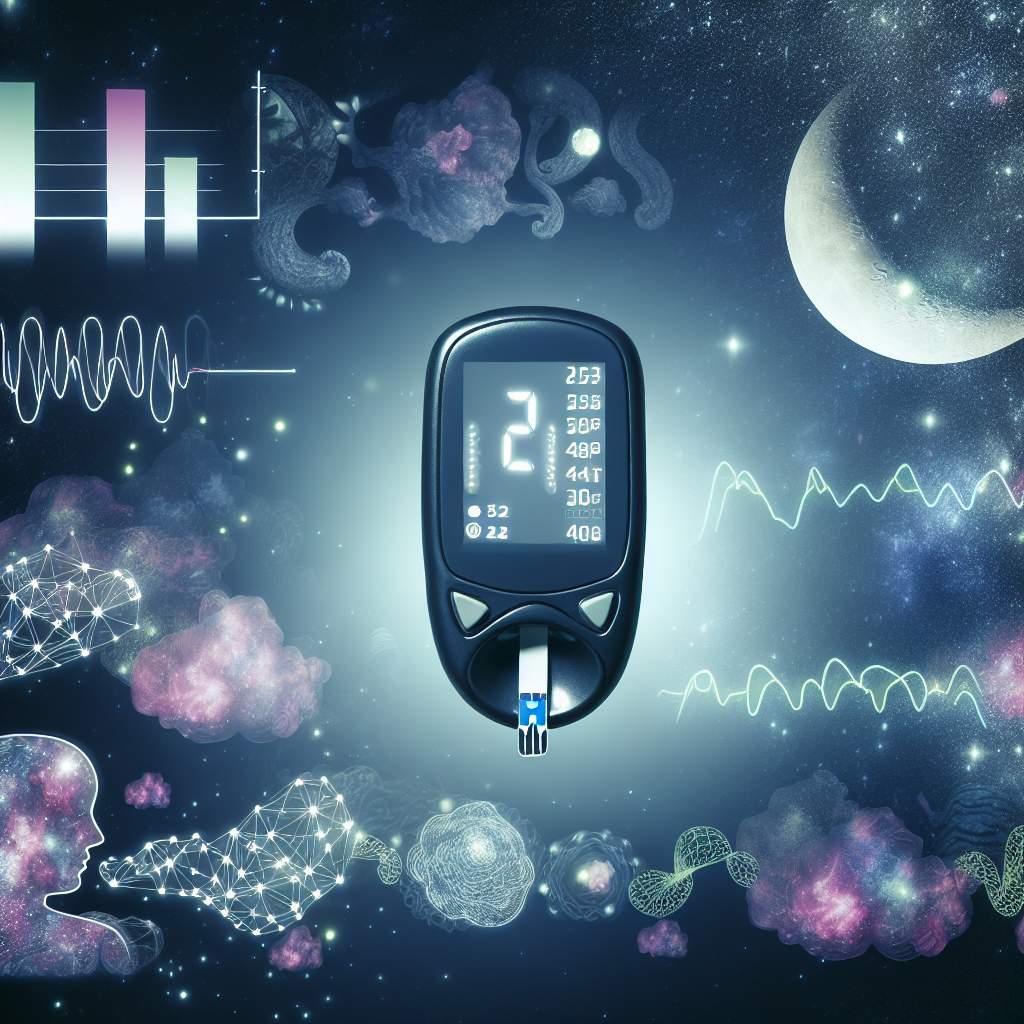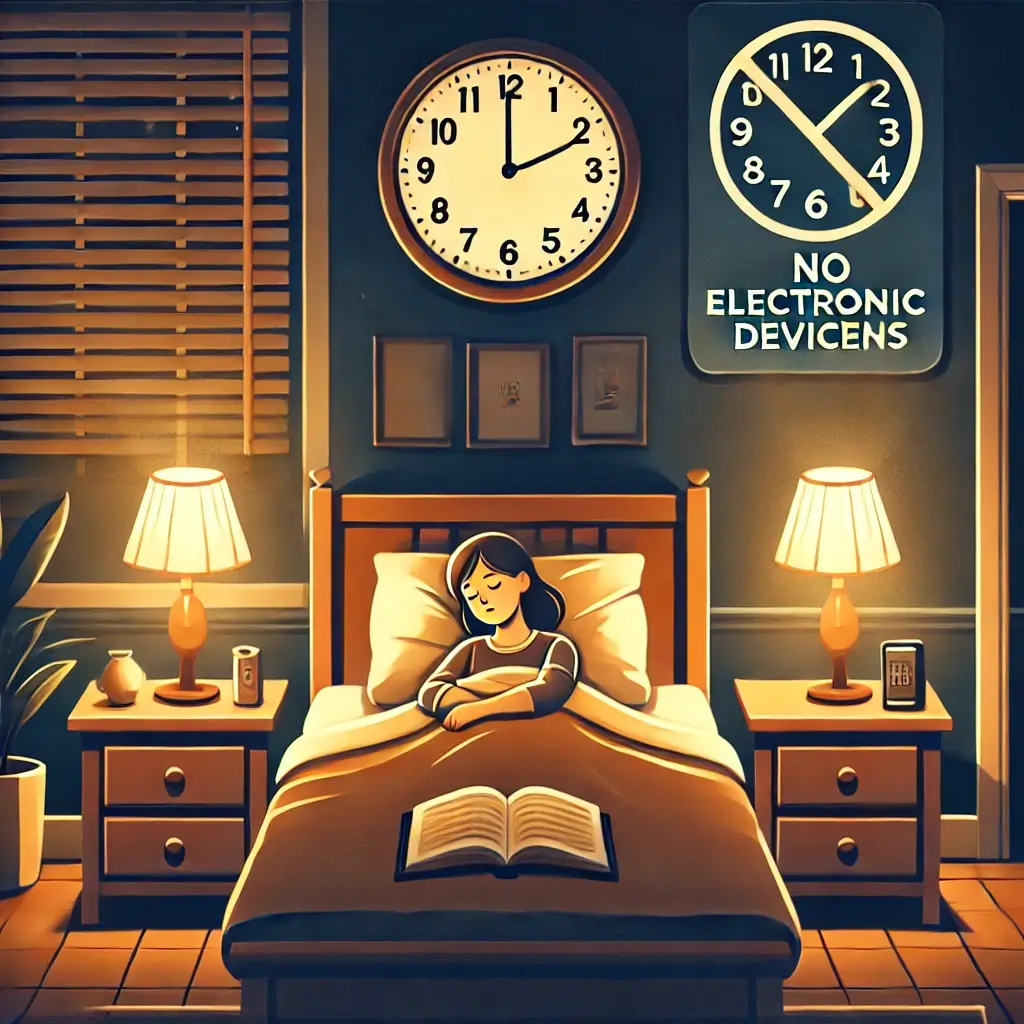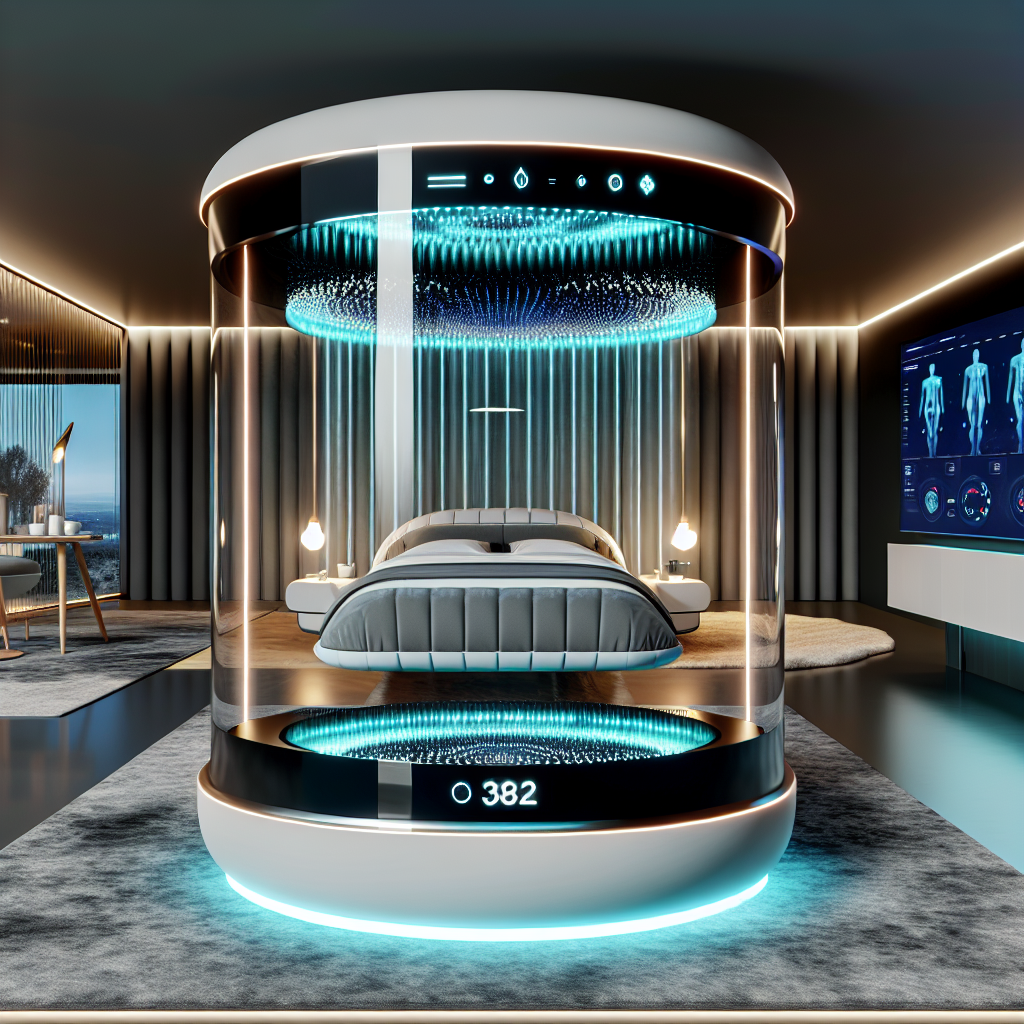Here is the blog post with the requested changes:
Revolutionizing Health: How Sleep-Phase Glucose Monitoring is Transforming Metabolic Wellness
Published on: [Insert Date] | By: [Insert Author Name]
Unlocking the Power of Sleep: Why Sleep-Phase Glucose Monitoring Matters
Sleep plays a crucial role in maintaining overall health and well-being, affecting physiological and psychological processes, including metabolic regulation. In recent years, the intersection of sleep science and glucose monitoring has captured the attention of healthcare professionals, particularly with the advent of continuous glucose monitoring (CGM) systems. These devices allow for real-time tracking of glucose levels, offering granular data that can be crucial for individuals with diabetes and those seeking to enhance their sleep and general health.
Sleep-phase glucose monitoring is an emerging area of interest that bridges endocrinology, neurology, and sleep medicine, opening new possibilities for personalized and preventive healthcare. CGM technology involves a small sensor inserted under the skin that measures interstitial glucose levels continuously throughout the day and night. Traditionally, CGM was used mainly by individuals managing type 1 or type 2 diabetes. However, as research has evolved, it’s becoming evident that glucose levels fluctuate not only with food intake and exercise but also in distinct patterns during different sleep stages: light sleep, deep sleep, and rapid eye movement (REM) sleep.
These glucose patterns during sleep can influence sleep quality, energy levels, mood stability, and metabolic health. For example, nocturnal hypoglycemia can cause fragmented sleep, while hyperglycemia may be linked to increased nighttime awakenings and poor sleep efficiency. Moreover, transitions between sleep stages have been shown to correlate with glucose level changes, suggesting a previously underappreciated bi-directional relationship.
Today’s CGM systems integrated with artificial intelligence and data analytics platforms can help identify these patterns in real-time, offering actionable insights both to users and clinicians. For individuals without diabetes, CGM use during sleep phases can provide a broader picture of metabolic health, revealing potential early indicators of insulin resistance, prediabetes, or poor lifestyle habits—allowing proactive interventions.
Sleep-phase glucose monitoring is therefore an invitation to rethink how we approach sleep and metabolic health. By integrating technology, data science, and personalized medicine, it provides a window into the body’s overnight behavior, enabling smarter, healthier living for all age groups.
The Science Behind the Trend: Key Studies Supporting Sleep-Phase CGM
The viability and benefits of sleep-phase glucose monitoring have been supported by an increasingly robust body of clinical research.
One of the landmark studies on the subject is a 2018 clinical review published in the journal Sleep Medicine Reviews, which explored the relationship between glucose regulation and sleep architecture. The study found that disrupted sleep contributes to impaired glucose tolerance and insulin resistance, while glucose instability hindered restorative sleep stages like slow-wave sleep (SWS) and REM sleep. It stressed the importance of a synergistic system that supports both sleep quality and metabolic health (Sleep Medicine Reviews, 2018).
Another compelling study conducted by the University of Chicago demonstrated that participants exposed to only four hours of sleep for six consecutive nights experienced a 40% reduction in glucose clearance, a marker of early-stage diabetes. These findings reveal just how sensitive glucose metabolism is to sleep patterns, thereby validating the need for continual glucose monitoring during sleep to attain optimal health outcomes (The Lancet – Van Cauter et al., 2008).
A more recent clinical trial conducted by Stanford University in 2021 utilized CGM in participants with and without diabetes to measure how nocturnal glycemic variability correlates with sleep stages tracked by wearable sleep monitors. The study showed that sharp dips in glucose were associated with arousals from REM sleep, suggesting that blood sugar instability can directly influence sleep structure and continuity (Stanford Medicine, 2021).
Moreover, modern CGM devices are integrating machine learning algorithms to extract meaningful trends from sleep-phase data. Devices like the Dexcom G7 and Abbott FreeStyle Libre systems offer mobile tracking apps that analyze overnight glucose trends and offer actionable insights. These tools are empowering medical providers and users alike to adjust diet, medication, or sleep routines.
There are also broader wellness implications beyond just those with metabolic diseases. Research from the American Diabetes Association highlights that healthy individuals experiencing disrupted glucose levels overnight could be facing early indications of metabolic syndrome or adrenal fatigue—conditions that are often asymptomatic in early stages but detectable through CGM when analyzed with corresponding sleep data (Diabetes Care, ADA, 2022).
In pediatric populations, sleep-phase CGM has revealed nocturnal hypoglycemia episodes in children with Type 1 diabetes, often missed with traditional glucose testing. These findings have significantly improved nighttime insulin therapy and bolstered parental confidence in managing their child’s condition safely during sleep (Journal of Pediatric Endocrinology, 2019).
As sleep tracking wearables and CGM devices become increasingly interoperable, the potential to enhance human health by aligning sleep cycles and glycemic control becomes both a reality and a necessity.
Looking Ahead: A New Era of Personalized Sleep and Metabolic Health
Sleep-phase glucose monitoring via continuous CGM analysis marks a transformative approach to sleep and metabolic health. Through this integration of wearable technology and big data analytics, healthcare providers can perceive the dynamic interplay of blood sugar levels with sleep cycles, enabling the detection of unseen metabolic imbalances and allowing early and tailored interventions.
For patients with diabetes, this technology provides life-saving insights at night that were once inaccessible. For the general population, it opens a pathway to enhanced health education and preventive care.
As sleep disorders, obesity, and diabetes reach epidemic levels globally, understanding the interconnectedness of glucose and sleep may be the key to reversing these trends. The future of sleep health lies not only in sleeping better but in understanding what happens as we sleep—and sleep-phase CGM is a crucial step toward this new frontier of personal and physiological insight.
References
- Sleep Medicine Reviews. (2018). Association between sleep and glucose regulation.
- Van Cauter E. et al. (2008). Sleep loss and glucose metabolism. The Lancet.
- Stanford Medicine. (2021). Poor sleep affects almost all aspects of health.
- American Diabetes Association. (2022). Guidelines for CGM usage.
- Journal of Pediatric Endocrinology. (2019). Nocturnal hypoglycemia in Type 1 children using CGM.
Tags: Continuous Glucose Monitoring, Sleep Health, Metabolic Wellness, Wearable Devices, Personalized Medicine
Category: Health and Wellness, Medical Technology, Sleep Science
Concise Summary:
Sleep-phase glucose monitoring via continuous glucose monitoring (CGM) technology is transforming how we understand the link between sleep and metabolic health. By tracking glucose patterns during different sleep stages, CGM can provide insights into sleep quality, energy levels, and early signs of metabolic imbalances like insulin resistance and prediabetes. This emerging field of personalized medicine holds promise for enhancing sleep, preventing chronic diseases, and optimizing overall well-being.

Dominic E. is a passionate filmmaker navigating the exciting intersection of art and science. By day, he delves into the complexities of the human body as a full-time medical writer, meticulously translating intricate medical concepts into accessible and engaging narratives. By night, he explores the boundless realm of cinematic storytelling, crafting narratives that evoke emotion and challenge perspectives.
Film Student and Full-time Medical Writer for ContentVendor.com




